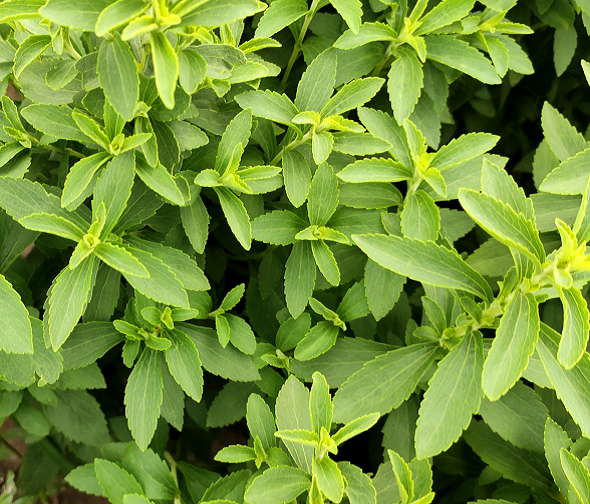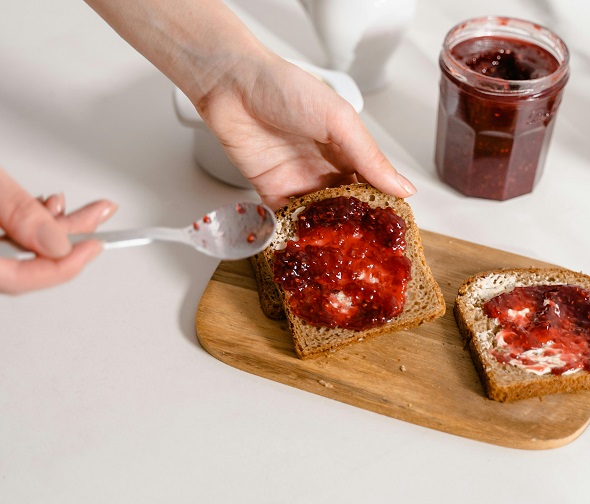Stevia, a natural sweetener derived from plant extracts, is known for its exceptional sweetness—200 to 350 times sweeter than sucrose depending on the variety and extraction method. While its high sweetness makes it a popular choice in the market, it is also accompanied by a lingering bitterness that presents a challenge for food and beverage manufacturers.

1. Understanding the origins of stevia's bitterness
(1) HIGH SWEETNESS AND NATURAL COMPOSITION
Stevia's high sweetness originates from its natural steviol glycosides, compounds extracted and purified from the leaves of the stevia plant. Despite achieving purities of 95% or higher (as per JECFA standards), up to 5% of other natural compounds, such as flavonoids, terpenes, and esters, remain in the extract. These residual compounds are difficult and costly to remove completely and contribute to the bitter aftertaste.
(2) HUMAN SENSITIVITY TO BITTERNESS
The human tongue has approximately 25 receptors dedicated to detecting bitterness but only two for sweetness. This inherent sensitivity means even trace amounts of bitter compounds in stevia are easily perceived. This is a natural challenge when working with plant-derived sweeteners.
(3) MOLECULAR STRUCTURE OF STEVIOL GLYCOSIDES
Stevia's molecular structure also plays a role in its bitterness. The glycone portion of steviol glycosides contains a hydrophobic element, which naturally carries a bitter taste. Even with purity levels exceeding 99%, as achieved in laboratory conditions, this bitterness persists because the sweetness and bitterness are structurally linked.


2. Strategies to minimize stevia's bitterness
(1) FOCUS ON SUPERIOR-TASTING GLYCOSIDES
Among the various glycosides in stevia, some have a better sensory profile than others. For example, Reb M is widely regarded as having the closest taste to sucrose with minimal bitterness. By isolating and purifying these superior glycosides, manufacturers can produce products with significantly reduced bitterness. In some cases, sensory panels using blind tests have found these products virtually indistinguishable from sugar.
(2) ADVANCED PURIFICATION TECHNIQUES
While achieving 99% purity is possible, the cost and practicality of removing all residual compounds are limiting factors. However, focusing on advanced purification processes to selectively eliminate bitterness-inducing compounds can improve the sensory experience without excessive cost burdens.
(3) SYNERGISTIC BLENDS IN FORMULATIONS
Blending stevia with other sweeteners or flavor modulators is a proven way to mask its bitterness. For instance, combining stevia with sugar alcohols like erythritol or natural sweeteners like monk fruit can create a synergistic effect, enhancing sweetness while reducing the perception of bitterness. Such blends can also provide a more balanced and rounded sweetness profile.
(4) TAILORED APPLICATIONS FOR FOOD AND BEVERAGES
Customizing stevia formulations based on the product application is another effective approach. For example:
For Beverages: Pair stevia with acidity regulators to balance the taste.
For Dairy Products: Use fat content to soften bitterness.
For Snacks and Baked Goods: Incorporate masking agents like vanilla or cocoa to minimize bitter notes.
3. Product recommendations for optimal taste
When working with stevia in food and beverage formulations, selecting the right product is critical. Here are tailored recommendations based on different needs:
· For Natural And Great Taste: Products like Reb M are ideal. These glycosides have a sensory profile close to sugar, making them suitable for premium formulations.
· For Cost-Effectiveness: Blends containing GSG (glycosylated steviol glycosides) offer enhanced sweetness with reduced bitterness and are versatile for various applications.
· For Established Formulas: The RA series is a cost-effective option for manufacturers already familiar with stevia, offering consistent quality and reliable performance.


4. Successfully overcoming the bitterness of stevia involves a combination of science and art
· Understanding its natural properties and molecular structure helps manufacturers identify the root cause of bitterness.
· Leveraging advanced purification techniques, synergistic blends, and tailored formulations ensures a better sensory experience.
· Choosing the right stevia products based on application and consumer demands is critical to achieving optimal results.
· By addressing the bitterness challenge, manufacturers can unlock the full potential of stevia as a natural, high-intensity sweetener that meets the growing demand for health-conscious and sugar-reduced products.
For food and beverage companies aiming to deliver superior taste without compromise, stevia offers an exciting opportunity—with the right strategies in place.
Related Recommendation
All images in this article are sourced from: GL Stevia, Freepik,